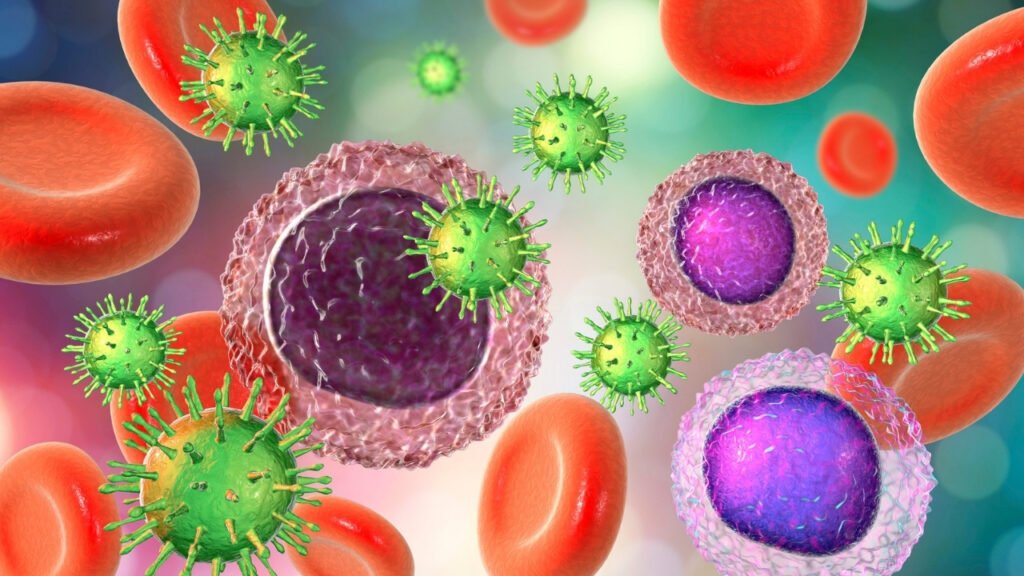Have You Ever Considered How the Golden Years Can Be Your Time to Shine?
As we embark on the journey through the later chapters of life, staying active and engaged becomes not just a goal but a necessity for enriching those years with vitality, joy, and purpose. I’m Dr. Coucou, and today, we’re exploring the multifaceted aspects of senior health, from nurturing physical wellness to maintaining mental sharpness and fostering deep social connections. The golden years can indeed be golden, filled with growth, learning, and engagement. Let’s dive into practical and uplifting ways for seniors to embrace this vibrant stage of life fully.

The Pillars of Thriving in Senior Years
Embracing aging involves more than just managing health conditions; it’s about actively pursuing a lifestyle that supports holistic well-being. Here are essential tips for seniors to stay active, sharp, and socially connected.
Embrace Physical Activity: Your Body’s Best Ally
Physical activity is a cornerstone of healthy aging, offering benefits like improved strength, balance, flexibility, and cardiovascular health. It’s also crucial for mental well-being.
Tips for Staying Active:
- Find Enjoyable Activities: Whether it’s walking, swimming, yoga, or dancing, choose activities that bring you joy and motivation.
- Incorporate Strength Training: Light weights or resistance bands can help maintain muscle mass, crucial for mobility and metabolism.
- Stay Balanced: Practices like Tai Chi can improve balance and prevent falls, a common concern for seniors.
Nurture Mental Acuity: Keeping the Mind Sharp
Mental engagement can protect against cognitive decline, fostering a sharp and resilient mind.
Strategies for Mental Fitness:
- Never Stop Learning: Take up new hobbies, learn a new language, or enroll in courses that interest you.
- Embrace Puzzles and Games: Crossword puzzles, sudoku, and strategy games can be fun ways to stimulate your brain.
- Cultivate a Reading Habit: Regular reading can enhance memory, focus, and analytical skills.
Foster Social Connections: The Heart of Aging Well
Maintaining social ties is vital for emotional health, helping combat loneliness and depression, which can affect seniors significantly.
Building and Maintaining Social Ties:
- Engage in Community Activities: Join clubs, groups, or classes that align with your interests to meet like-minded individuals.
- Volunteer: Offering your time and skills can provide a sense of purpose and connection.
- Stay in Touch: Make regular efforts to connect with family and friends, whether through visits, calls, or digital communication.
Prioritize Nutrition: Fuel for Vitality
Nutrition plays a key role in senior health, impacting everything from energy levels to chronic disease management.
Nutritional Tips for Seniors:
- Focus on Nutrient-Dense Foods: Emphasize fruits, vegetables, whole grains, lean proteins, and healthy fats.
- Stay Hydrated: Adequate hydration is essential for overall health and can prevent urinary tract infections, constipation, and confusion.
- Consider Dietary Supplements: Speak with a healthcare provider about supplements like vitamin D, calcium, and B12, which might be beneficial.
Embrace Preventative Care: Your Health Safety Net
Regular check-ups and screenings are crucial for preventing and managing health conditions common in later life.
Staying on Top of Health Screenings:
- Schedule Regular Visits: Keep up with appointments for general health, vision, hearing, and dental care.
- Know Your Screenings: Be aware of recommended screenings for conditions like osteoporosis, colon cancer, and breast cancer.

In Conclusion
The senior years are a time of opportunity—to explore, engage, and enjoy life with a richness that comes with experience. By staying physically active, mentally sharp, and socially connected, seniors can not only enhance their quality of life but also contribute vibrantly to their communities. Remember, aging is not just about adding years to life but adding life to years.
Let’s celebrate this stage by embracing the activities and connections that fill us with energy, purpose, and joy. Here’s to thriving in our golden years, proving that the best is yet to come!






